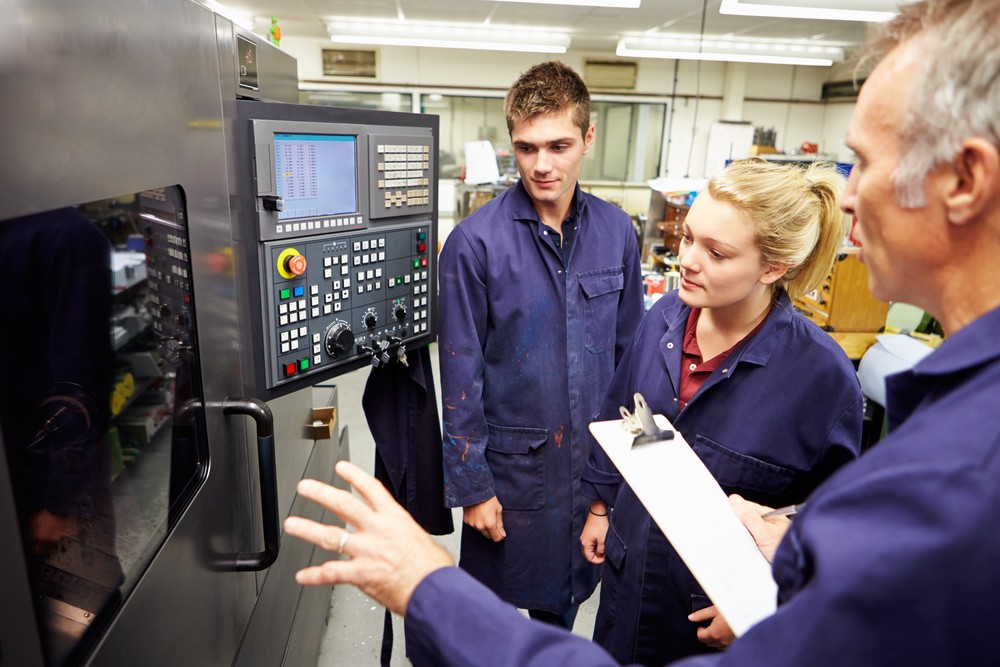FRACAS Helps Maintenance Technicians Understand all Possibilities for Failure

Until you understand the reason behind equipment failure, you won’t know how to avoid it in the future. Even then, prevention comes from corrective action. The full process is encapsulated in a failure reporting, analysis, and corrective action system — more commonly called FRACAS. Not only is this methodology an integral part of leaner repair and maintenance operations, it’s a system designed to help manufacturers achieve the best outcomes from their maintenance program.
What is FRACAS?
FRACAS is an acronym for Failure Reporting, Analysis and Corrective Action System. More than that, it’s a closed loop for process improvement when executed correctly. The process is simple:
- Failure reporting — document equipment failure in-line with standard reporting.
- Analysis — perform a failure modes and effects analysis (FMEA) to determine cause of failure.
- Corrective action — take steps to make sure this type of failure doesn’t happen again.
The beauty of FRACAS is that it’s something most manufacturers do unconsciously. It’s actually an inherent human process for learning! Here’s a simple, everyday example:
- My car broke down due to engine failure.
- I haven’t gotten an oil change in two years.
- I need to schedule an oil change every 5k miles.
FRACAS is so conceptually simple that it’s often already part of a maintenance approach. Formally recognizing it, learning from it, and engaging in the corrective process is what takes it from natural concept to lean manufacturing powerhouse.

How to make FRACAS purposeful
The simplest way to consciously implement FRACAS into a repair and maintenance program is to make it part of the FMEA (Failure Mode and Effects Analysis) process. When you document the failure, document it thoroughly. Then, during an FMEA, use all information to make a well-informed assessment of the cause of failure. Identify the catalysts and understand how and why they contributed to the failure. Then, build corrective action into new maintenance processes.
Again, the concept seems so simple, but when approached with purpose, it’s the secret to better reliability. Take FRACAS from a mentality and turn it into a systematic process that’s simple and repeatable.
Don’t forget to attach benchmarks! Has your FRACAS system contributed to meaningful improvements in the way equipment is managed and maintained? Are you seeing fewer instances of unplanned downtime? Shorter periods of downtime? Longer uptimes? Increased asset reliability? Choose metrics most relevant to your maintenance and repair goals and see that FRACAS is contributing positively to them.

FRACAS has a history of success
FRACAS is successfully used by some of the most important manufacturers in the world — namely, aerospace and defense producers. It’s part of a Kaizen loop — one of the most vital lean manufacturing concepts. But more important than any of this, it’s a simple system that any maintenance technician can understand and any factory can implement. It’s success is based in the accessibility of the method.
Murphy’s law says that “anything that can go wrong, will.” Work long enough in a factory maintenance department and you’ll experience an infinite number of equipment anomalies. What matters is not seeing the same one twice. With a good FRACAS system in place, the chances of repeat anomalies reduces significantly. And if every problem you face is a new one, it means you’re pretty good at preventing old ones from popping up.